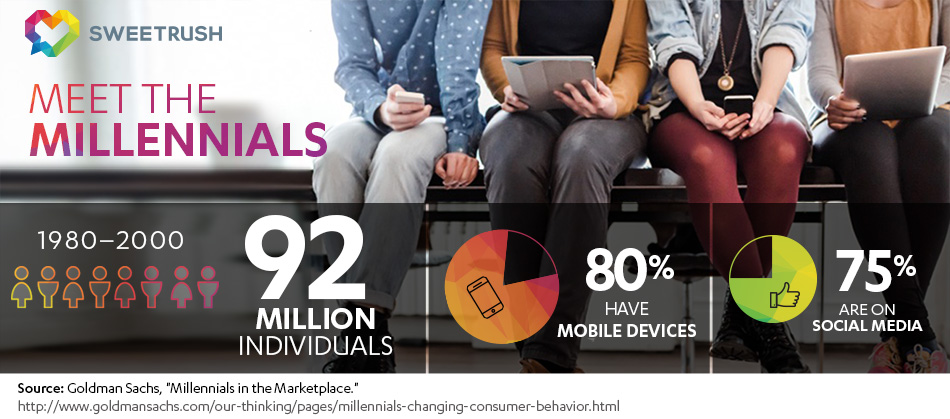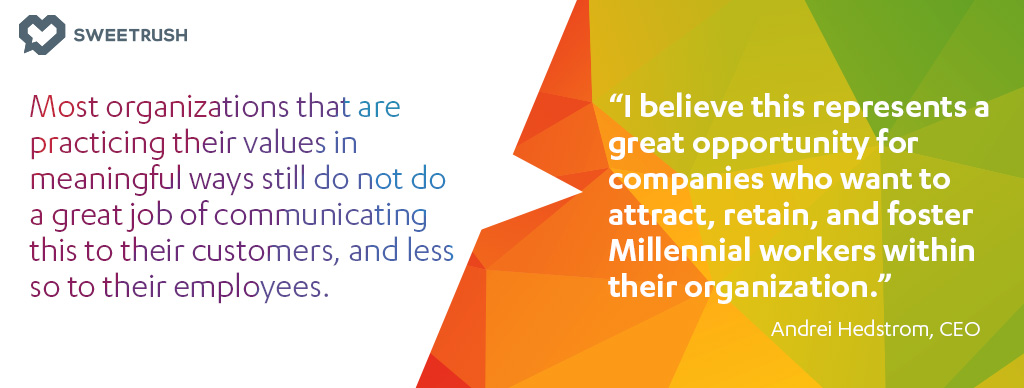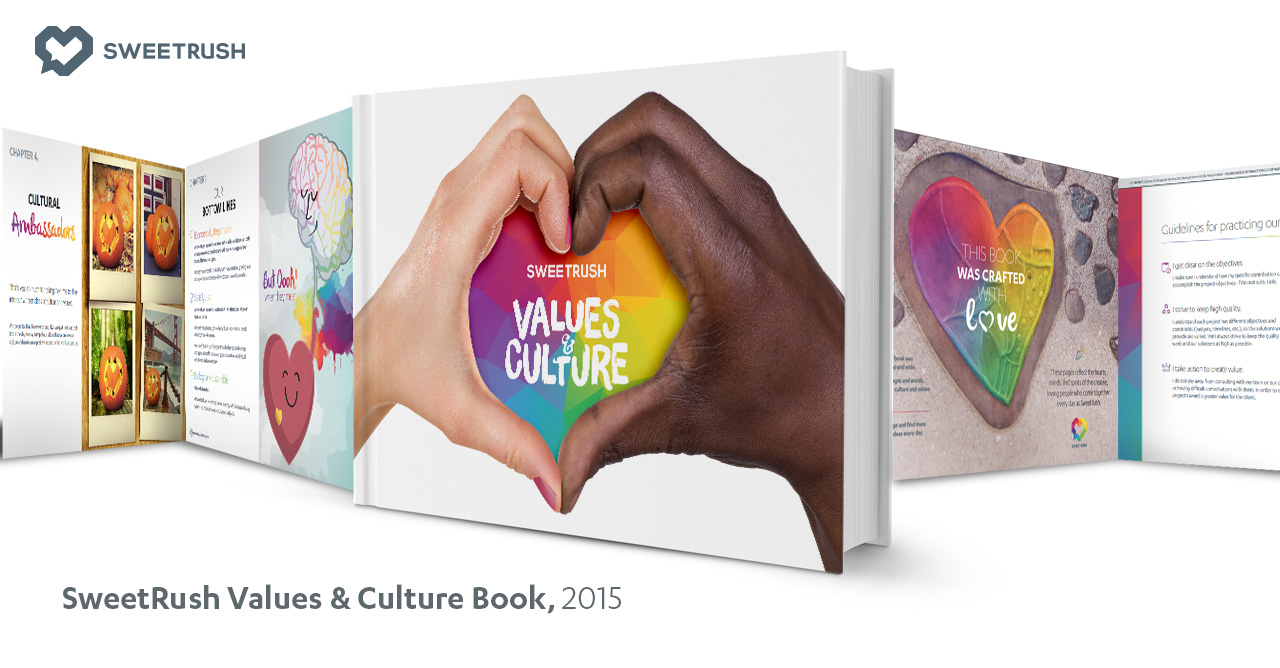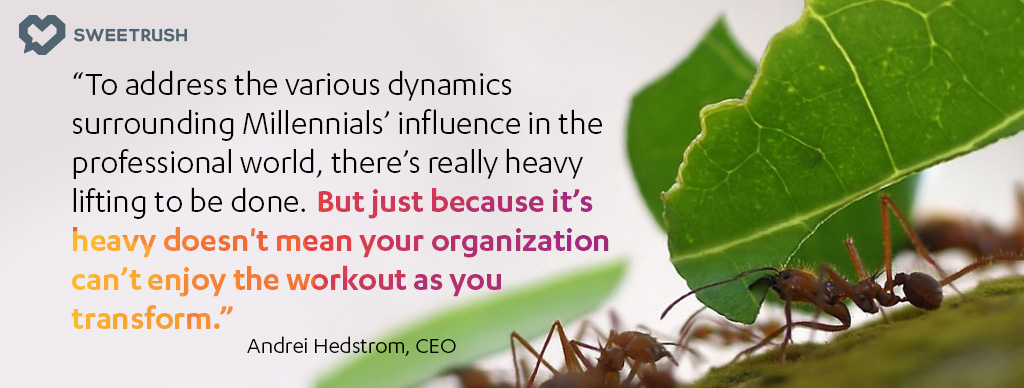I Love Life. It is simultaneously filled with suffering and abundant in its potential. When life finds a seam, it will burst through and expand. Give a person an opportunity to better themselves, and they will grow toward the light.
I might have always loved life, and watching my daughter grow into the beginning of her womanhood, I can report that she came into this world loving life. Born to love life. I have seen this love of life again and again at SweetRush. And I have learned a bit about how to love life at work.
Serve your people so that they’re able to explore and express the truth, beauty, and goodness in them, and they’ll do amazing things. The problems of the day not only become manageable, they become fodder to make something of good use. Making things with good people is a lot of fun—and when we have those things, we make a positive impact. What could be better in our work?
People like to make things—so much so that moving rocks and materials around could be said to be a part of our nature. But we don’t just push stuff into a shape; we like to bring those shapes to life: Water through the old aqueducts, electric money through the digital world that connects our activities—and now pushing our materials and energy out into space. It seems that we see ourselves inside of what we shape and bring to life.
Sadly, we’re now learning that some of the things we make have diminished our amazing planet and its living systems. It’s as if these webs of connectivity we are part of are letting us know it’s going to get a bit rocky ahead. Suffering is at hand, and more still will come, so now we turn to look for wisdom about how to master our meaning and purpose.
What is it all for?
It’s for life—this is the answer we return to when we get into trouble. The new lives that come into our families, the forests that are splendid with awe and mystery, beauty and air. Sweet air—water, too. A drink of water, when you are truly thirsty, is something that makes you understand why all cultures have built temples, great fountains, works of art, and towns to honor the essential nature of water.
Life’s power and beauty are also abundant in the ways we relate and connect with one another. At this time, when over half our population is digitally connected, we can talk. Yes, there’s the absolutely crazy talk we have been doing on social media, but we can also truly dig deep with people all over the world, sharing solutions, resources, and good will. By the end of the next decade, almost all of us will be connected and interfacing with the next chapter of technology—the metaverse. There we’ll discover just how close we can get through the tools we have developed to share more of our personal and collective energy together.
If we have achieved all we have while being motivated by a value system based on coins, imagine what we can achieve when we’re motivated by the truth that life and its potential are the greatest measurements of value? The answer, of course, is: “Let’s see what’s possible.”
We know a few fundamental things about the potential and value of life. We know that when a life experiences freedom from suffering, it does amazing things. Freedom from suffering doesn’t mean an absence of suffering, but a healthy amount of suffering and the experience of stretching that is a catalyst for the growth of our potential.
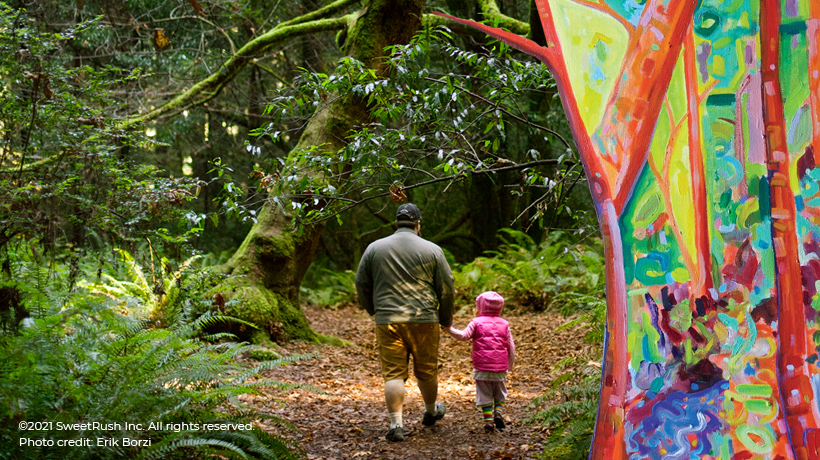
It’s also about reclaiming our energy from the times when the suffering has been too much. We know there are fireworks of life potential and goodness when we support others who are suffering—so much so that we build myths and movies about superheroes and award Peace Prizes for it.
We also know that every living thing needs the right amount of abundance: not too much and not too little. Both extreme abundance and extreme lack of abundance cause lots of suffering for everyone because it degrades our shared potential. The indicator of achieving ample abundance is when you begin to serve others’ life potential.
I am certain that there is a way for you to work earnestly with your people, making the things you love to make, that grows life potential. I am even more certain that when you do, you will feel better about yourself and our world. Your people will too.
At SweetRush, we like to make learning and support transformation, using the best technology we can find and a commitment to goodness, truth, and beauty. We like to work with as cool a set of tools, processes, and methodology as we can, too. We like to get intellectual sometimes and pragmatic all the time.
Our new eBook, It’s All About Your People: Embracing Human-Centered Business, Workplace Culture, and Learning Design is an expression of both the deep and pragmatic work we do: not just our ideas but our urge to share what we know with you. We can attest that there aren’t enough of us to go around. The learning and development industry, once a sort of cleanup crew for sexual harassment or workplace injury lawsuits, is in such need to support the large-scale transformation in our world that the pounding on the doors of our craft is almost deafening.
I believe that the best of our craft—and SweetRush—is yet to come if we truly focus on what is good for life. This is a pragmatic notion as well as one that makes me happy. If you are in an industry that is in great demand, then where you put your craft makes a big impact. Put it into what you value most.
I believe the onus is on us to put our work toward the world we want to see and, for me, that’s a living world. For my team, the world is what we choose to work for, and we learn about how to serve it better each year. Our reward is that we get to do more of what we love to do while bringing more people together. We get to know people at other organizations who are making things, moving energy together—reducing suffering and increasing abundance in service of life potential.
If there is a hopeful, productive, future age, I believe that it will be called something like the Age of Life Potential, in which people shift their belief systems and mental models and learn new ways to ask and answer: What more is possible with life at the center? How much splendid diversity of care, creativity, and understanding can we weave into the things we make and do?
When I look down the line of industries, cultures, and ecosystems with life as the focus, what I see is not only worth working toward, it brings me joy and gives my life value. Serving life potential is worth all I am.
Read more in our eBook, It’s All About Your People: Embracing Human-Centered Business, Workplace Culture, and Learning Design.
More from Andrei:


